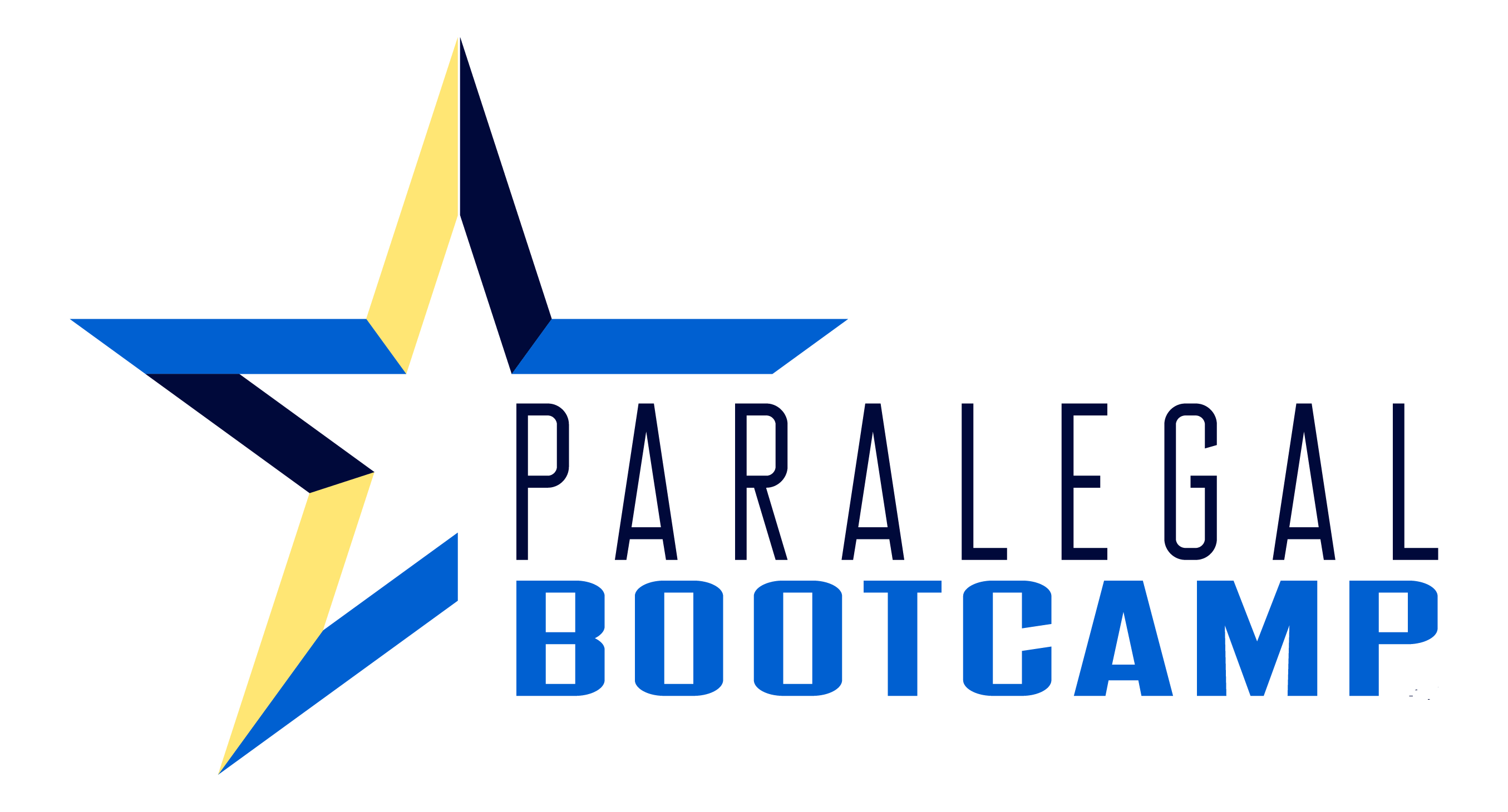Paralegals often initiate or respond to dozens of emails, instant messages, and other electronic communications daily. This pace doesn’t provide much time to devote to any one of these messages. But failing to sufficiently focus on these missives can result in embarrassing errors, bungled communications, or in more drastic situations, malpractice. Fortunately, there are methods, like the paralegal checklist below, and proper email etiquette, that will help reduce your exposure to these risks.
On July 8, 2011, the NASA Space Shuttle Atlantis launched into space on the final mission for the space shuttle program.[1] Like those for other space operations, the countdown process for this launch was an interictally timed procedure occurring over a period of days. This process included various planned “holds” that allowed launch managers to assess the status of the mission, adapt to changing conditions, and perform safety checks.[2]
While the challenges of legal communications do not typically rise to the risks of life and death or the multi-billion-dollar level of a shuttle mission, paralegals can benefit from incorporating elements of the countdown process into their electronic correspondence procedure. Like mission control, you can review a “safety” checklist and pause for “holds” before making the final decision to “launch” your electronic messages. Attention to detail is a vital paralegal skill that your paralegal career will greatly benefit from focusing on. This Communications Launch Checklist for paralegals will help prevent mistakes and impress your managers with your due diligence.

Communications Launch Checklist
1. Recipients
This is especially important when drafting an initial email. If your messaging application uses autofill, be sure to watch it closely or consider deactivating it. This function can easily result in an email addressed to either an individual with a similar name to the intended recipient or an obsolete email address for the correct person.
In addition, be thoughtful in determining which parties should receive the correspondence and, just as importantly, which should be omitted. Always include counsel representing any party addressed in your email as well as your supervising attorney. Overlooking a vital party can be discomfiting but can easily be rectified by forwarding the message separately. Erroneously including an irrelevant or opposing party can be much more problematic.
2. Reply/Reply All
When responding to an electronic message you have received, it is essential to determine whether to “reply” to the original sender, “reply all” to every recipient of the original message, or to select which recipients to include in your response. The last of these options is the most time-consuming and taxing, but it should always be considered.
Just as with initial emails, it is crucial to include all required individuals and even more essential to omit any conflicting parties. The message you received may include any of these persons as well as recipients you do not know. Conversely, the original email may have bypassed parties who should be included in your response. As with any original email, be sure to include counsel for any parties you address as well as your supervising counsel.
Read 4 ways to stay ahead of email jam.
Litigation Paralegal Boot Camp
Are you tired of being the Panic Mode Paralegal who spends your days playing whack-a-mole with last-minute rush projects because you’re waiting for someone to show you what it takes to be great litigation paralegal?
This is the only program of its kind that provides litigation paralegals with all of the tools to master litigation cases from the complaint through the trial, and everything in between.
You will be the Confident Case Strategist faster than you ever imagined possible.

3. Chain
Replying to an email you have received raises another issue to examine. Many email systems automatically include the prior messages in any reply. While this is convenient, it can also result in unintended consequences. Take a moment to review the chain that appears below your draft response. Any information included in those earlier messages that may be damaging to your client should be omitted. Any internal communications between your client and your firm should be deleted so that attorney-client privilege is not inadvertently waived by your reply.
These issues are imperative to contemplate when you have added recipients to a message that has been sent back and forth among numerous parties. In that case, it may be best to create a new email, while copying and pasting only the specific issues from prior emails that must be addressed. This is especially critical when messaging from a cell phone or similar device where the prior email chain is difficult or impossible to view.

Go/No Go?
In a pivotal scene in Apollo 13, the 1995 movie about the 1970 moon mission near-disaster, Astronauts Jim Lovell and Fred Haise are located in the landing module (“LM”) while Jack Swigert is alone in the command module (“CM”). Swigert is restarting the CM’s electronics system, a long and complicated process requiring extreme precision.
Unfortunately, he is extremely sleep-deprived and stressed during this process. When Lovell reenters the CM, he sees that Swigert has taped a note with the word “no” over a switch on the console. Swigert explains that he posted the note because he had been getting punchy and he didn’t want to mistakenly press the switch that would have disconnected the LM, leaving Lovell and Haise drifting in space.
Like Swigert, paralegals should recognize when they are under stress, not thinking clearly, and are more likely to make simple, but catastrophic mistakes with the click of a button. Creating and using additional reminders during these times can be invaluable. For instance, switching back and forth quickly between two or more similar cases or transactions can lead to mistakes such as sending emails to the wrong parties with confidential information. When faced with this possibility, simply create a series of notes with each file’s name to place on your keyboard or monitor. Before clicking “send,” verify that the name of the deal on your note coincides with the parties who will receive the email, the subject line of the email, all attachments, and the text of the email. If all is in order, your message is ready for launch.
4. Subject
While the subject line may seem like a formality, it can be an invaluable way to convey information in a short space. Using brief, but thorough headlines can clarify the parties, the case or transaction, and the specific topic to be addressed in the message. It also helps alert the recipients to the urgency of your message. For instance, an email titled “Johnson v. Smith – Today’s Trial” will draw the recipients’ attention and make it clear exactly which case is being discussed. If you are addressing many parties, using the agreed-upon name of the transaction is helpful. Conversely, when messaging a particular vendor, it is helpful to include their file or job number in the subject line.
Finally, remember that subject lines are not set in stone. If you are replying to a prior message, feel free to revise the subject line used by the previous sender rather than perpetuating an ineffective or confusing description.
5. Attachments and Links
If you reference an attachment or link in the body of your message, be sure to attach or insert such item before sending. As with the recipients and the prior chain of your email, only necessary and appropriate exhibits should be included. Be mindful of the size of the attachment and remember that some messaging systems have strict limits on the amount and type of data that can be received.
Additionally, only authorized recipients should receive personal or privileged attachments or linked information. When in doubt, send the documentation to only specific recipients while alerting the entire group of its delivery. For sensitive information, consider encrypting the message and/or attachments or utilizing a separate, more secure method of providing access such as a cloud-based data room.
6. Typos, Spelling, and Other Perfunctory Errors
The speed and ease of electronic messaging can lead to typos, misspelled words, incorrect dollar amounts or other figures, and similar seemingly minor errors. While these are often meaningless and sometimes comical, they can be consequential to your paralegal career. At the very least, they are unprofessional. Watch for the red underlining or other methods your system uses to notify you of misspelled words or grammatical gaffes. If in doubt, run a manual spell check or grammar analysis. If time permits, save the draft message and review it later before relaying. When we read our own writing, our minds perceive what we expect to see, rather than what our eyes actually view.
7. Substantive Issues
Although the last on the checklist, the substantive information you are trying to convey is the most important part of your message. Legal and business communications should be concise, direct, and informative while maintaining a professional and accessible tone. If you are unsure of your substantive writing skills, ask respected colleagues to critique your work, take a break and review your draft with fresh eyes, absorb the effective messages you receive, learn the 7 C’s of Paralegal Communication Skills or take a business or creative writing course.
With practice, the communications launch checklist can become a habitual part of your drafting process and helpful in maintaining impressive professionalism and presenting reliable communication skills throughout your paralegal career. You will no longer need to consciously perform the countdown because you will incorporate these checks into each electronic message as you prepare it.

Meet the Author
Eva M. Merrell, MBA, ACP, has been a real estate and finance paralegal for over 20 years. She works remotely for a Chicago law firm from her home in St. Louis. When not working, spending time with her family and pets, or being active with the National Association of Legal Assistants and Toastmasters, Eva can usually be found hiking or practicing yoga.

























